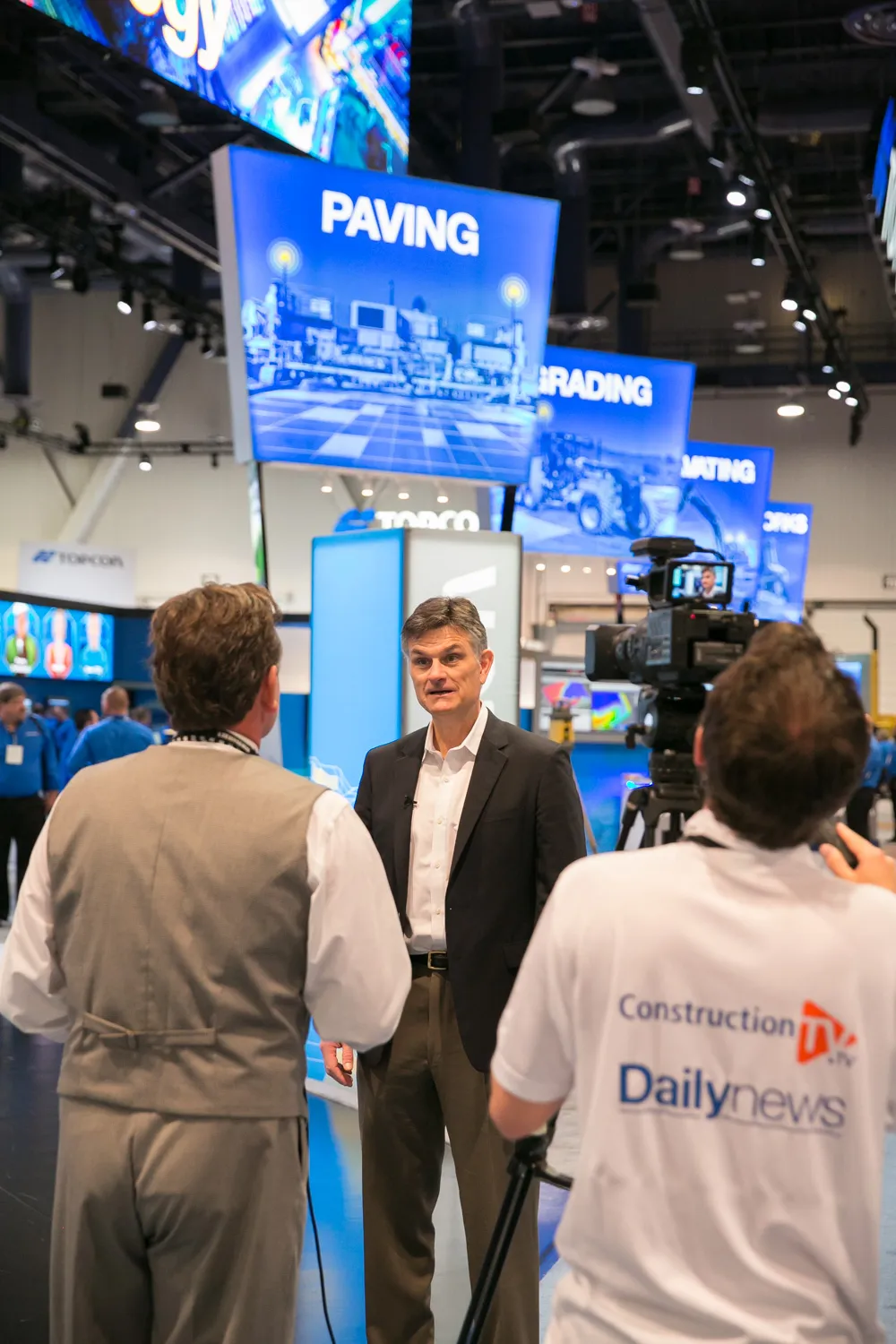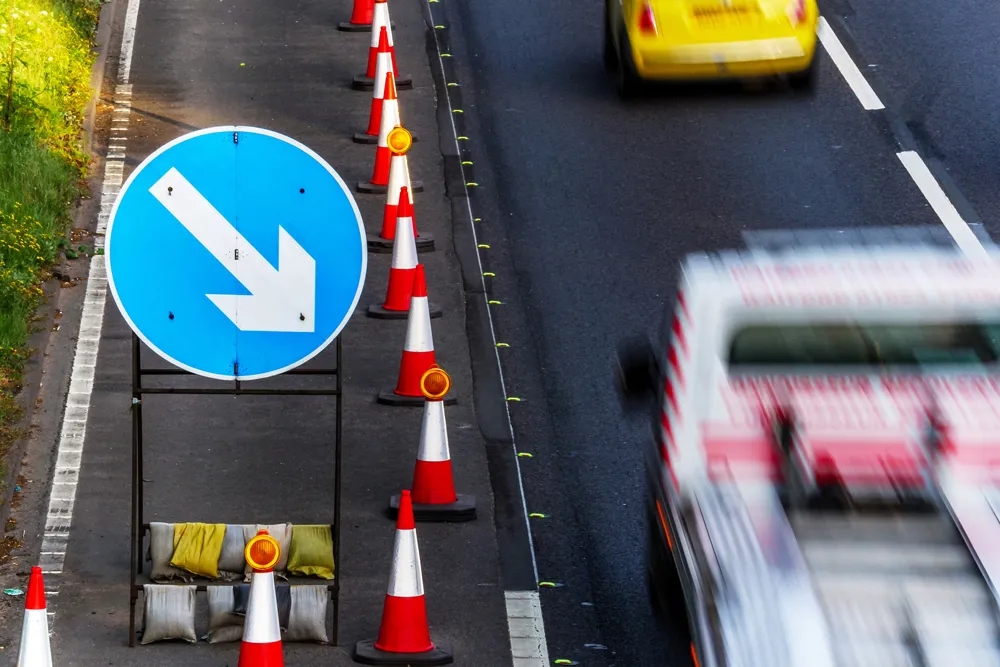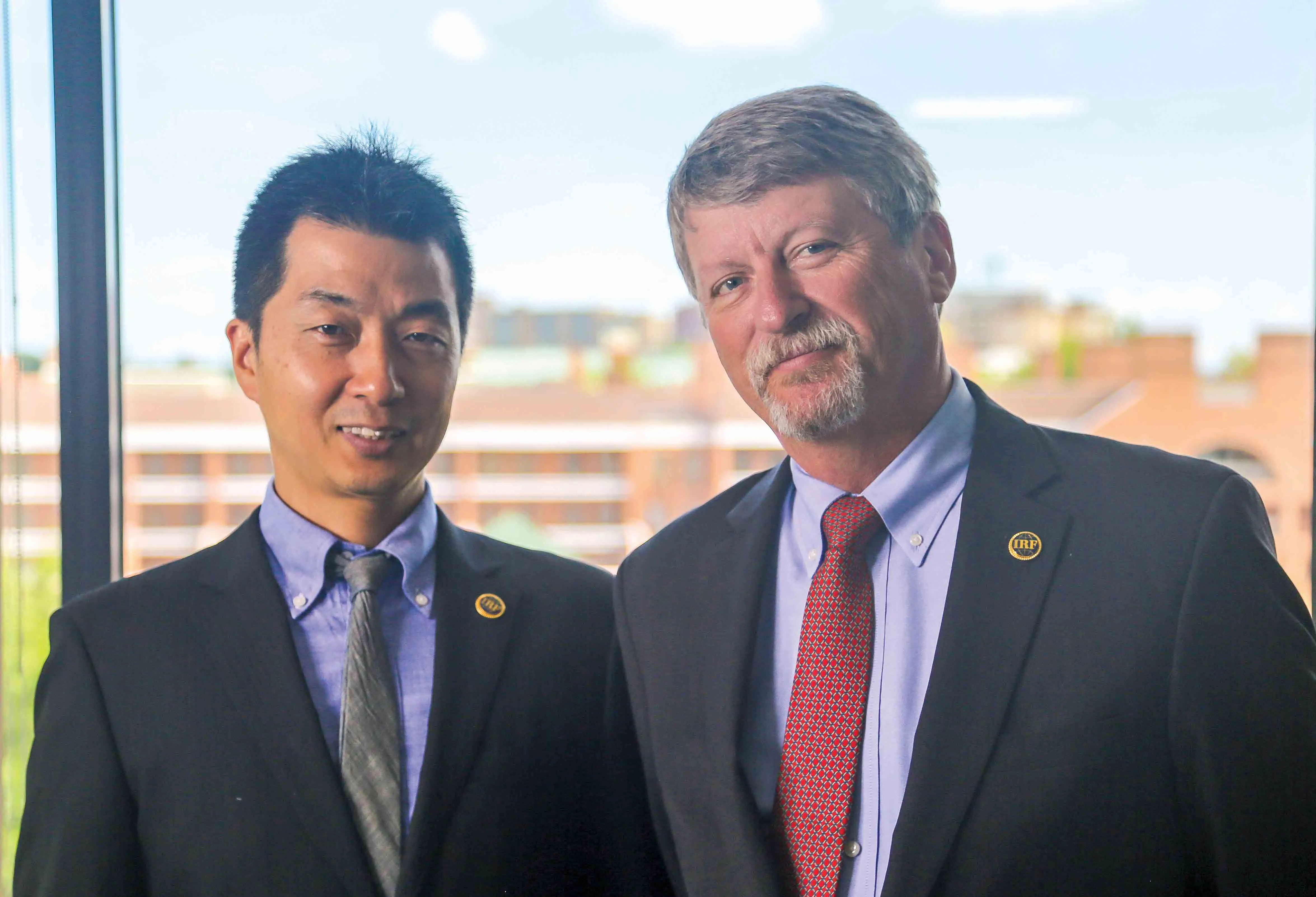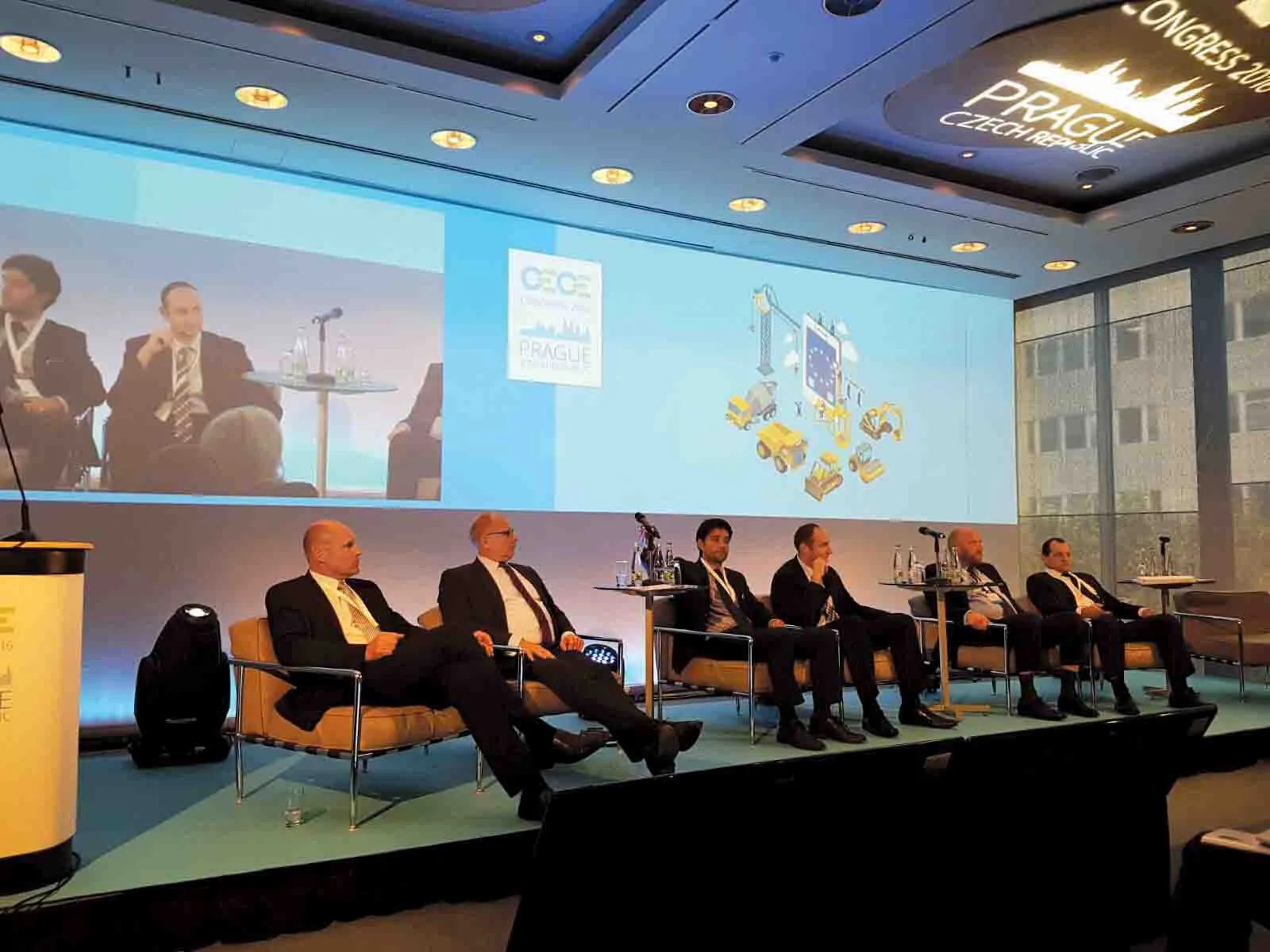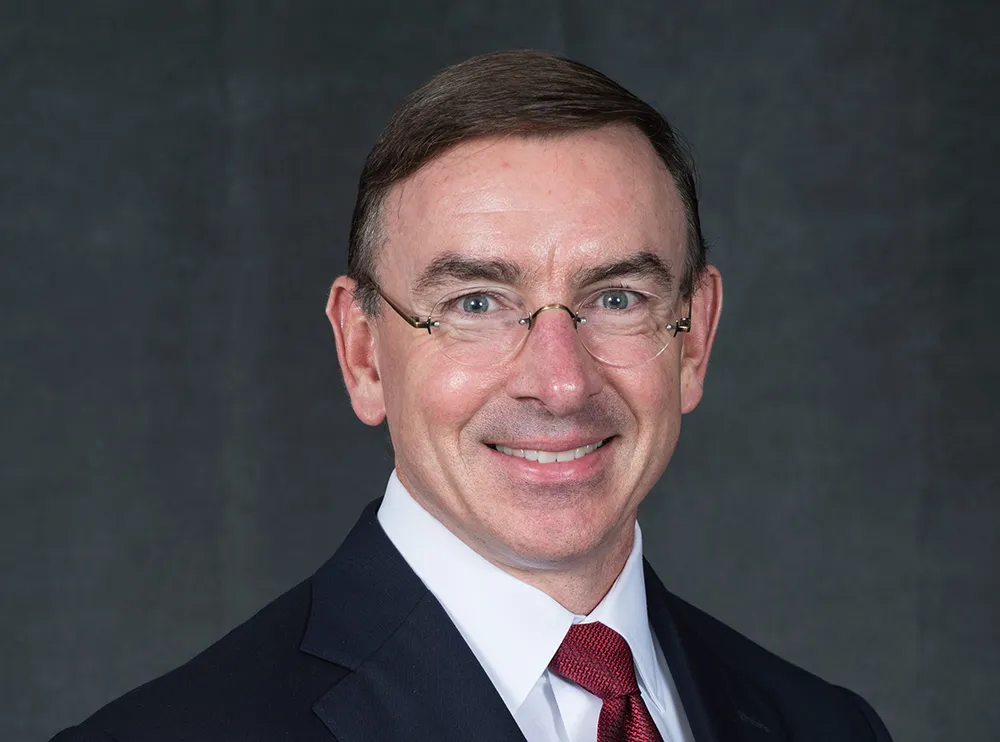
Dave Bauer doesn’t really have many sleepless nights. He might sleep, though, with one eye open, just in case. “We have become a much more divided country politically. Whether you are thinking about federal government, or state or local government, there’s a hostility now in our political system.
“We don’t have broadscale dysfunction but there has certainly been examples of it. Fortunately, infrastructure has been more of a tool to bring together people from the two [political] parties. But the overall political dynamic can’t be controlled,” says Bauer, president of ARTBA – American Road and Transportation Builders Association.
Everyone can agree that the country needs good infrastructure. “Then it usually comes down to some variation of 'the other guy should pay for it', which is where you get into the political discussion. Certainly states have had more success than the federal government in terms of raising new revenues. The big difference is that 49 states operate under a balanced budget requirement and federal government doesn’t.
“I think if you track federal investment in transportation over the past decade, you will probably find steady growth, although relative growth compared to other federal programmes. It’s a positive outlook but [political] dysfunction remains a risk. And I am not talking about our current president. Certainly there were periods of lengthy shutdown of government under President Obama, but they have all been blips. I think what we are in danger of losing as a society is that there is a lot more we agree upon than disagree upon. Infrastructure is front and centre where people can come together.”
The challenge facing ARTBA and its member companies and organisations is to advance infrastructure solutions for legislatures everywhere, at local, state and federal levels. “We must have a public education programme to make sure people understand that road infrastructure impacts them every day, whether they know it or not.”
ARTBA is arguably the most vociferous and effective voice for infrastructure investment in the US. The primary goal is to grow transportation infrastructure investment to meet the public and business demand for safe and efficient travel. Key words, “safe” and “efficient”.
ARTBA was established in 1902 by Michigan public official Horatio Earle to advocate for construction of a federally-led Capital Connecting Government Highway that he said would connect “every state capital with every other state capital and every capital with the US capital. That mission was accomplished in 1956 with President Eisenhower’s Interstate road system.
The association’s members designed, built and continue to manage the Interstates and the country’s intermodal surface transportation network. But ARTBA has morphed over the decades from a pure advocacy association to a much more sophisticated organisation operating in a much more sophisticated transportation sector. It produces major national economic reports and analyses aimed at giving industry executives greater transportation insights to make smart business decisions.
The list of companies and organisations represented on ARTBA’s board of directors reads like a Who’s Who of the US road construction sector. They include equipment manufacturers Caterpillar and John Deere, major contractors Stantec, AECOM, Parsons and Lane; and others such as Mobile Barriers, Colas and Lindsay Transportation Solutions – all of which have appeared in the pages of World Highways. Infrastructure investors and university research centres are also present on ARTBA’s board.
Finding cash
Bauer notes that 30 states that have raised their fuel taxes since 2013 and another five have come up with different types of road investment. “But we in the US don’t have a countrywide national road strategy,” he points out. Each state is responsible for their section of the Interstate road system. The federal government owns a few roads, such as in Yosemite National park.
State money funds such things as road construction, highway repairs, snow removal, clearing of traffic accidents and some money goes to state highway patrol by police. The federal government offers a federal aid highway programme. About 90% of federal highway dollars to be spent each year are distributed by a formula to states. Here lies the nub of the handouts. They reflect road mileage in a state, a state’s population, miles travelled by the public.
“Most members of Congress [national legislature] will be able to tell a state how much money is likely to be coming this year and the year after, a very deliberated model. But unlike state funds, the federal funds by law must be spent on capital projects. In the current fiscal year, we have US$46 billion of federal [highway] investment and 90% of that is capital investment. There is a handful of other things such as research and emerging technology projects.”
Local money is not likely being spent on Interstate projects because local communities don’t own them. There is also an element of private investment but Bauer figures it is only around 2-3% of transportation projects, through public-private partnerships (PPP), although it is becoming more common.
“Still you have 17 states that don’t have legal authority to do PPP,” he explains. “When you look at the states that have been successful, it’s not a big number. Most have done some experimenting with PPP, such as Texas, California, Florida, Virginia, North Carolina, all of which are high population states with a lot of mileage and miles travelled. That makes PPP work.
“It’s not that it can’t happen in rural areas, but it will be more difficult. Public money wants a return on investment by enhancing the public good but the private sector wants a monetary return on its monetary investment.” Things fall apart when traffic volume projections have not been reached.
Safety first
Invariably the discussion turns toward electric, connected and autonomous vehicles. “All our members recognise that this might change their business in some way,” he notes.
“Remember, though, 10 years ago we were all going to be driving hoverboards. And 10 years ago the discussion around autonomous vehicles was that they were 10 years away. If you talk to people now it’s still 10 years away. When the time comes, our members will reply to tenders that want a road that will support autonomous vehicles, but the highways sector is not there yet.”
But in an age of autonomous vehicles, what happens to the very road crews who are out on the highway constructing these roads of the future? How safe are workers as an autonomous vehicle approaches a construction site at 100kph? Will the vehicle understand the temporary layout that was completed only minutes before?
In the UK, the central government is proposing to share road network data, including roadworks, with makers of mobile apps to warn drivers of potential congestion months in advance. Tech firms could soon get access to the necessary data thanks to a UK government review of legislation around Traffic Regulation Orders. The orders are behind restrictions on the road network which allow for temporary roadworks or permanent changes to the road. Opening up Traffic Regulation Orders data could help with route planning systems for self-driving vehicles.
“This is something we are all going to have to come to grips with,” says Bauer.
“There is no higher priority within our membership than safety. The advent of more data and more vehicle technology is going to have to be factored into workzone protection planning.
“Importantly, our members work for the owner of roads under construction as well as the roads leading up to that workzone. We already have variable message signs through many metropolitan regions telling travellers what is going on elsewhere along the road network. Integrating autonomous vehicles with work zone activity will increasingly be a multipartner endeavour and these are the conversations that are happening now,” he says.
"To that extent, ARTBA has been participating in a variety of forms held by the Federal Highways Administration over the past several years. There has been a focus on vehicle-to-vehicle issues but we are concerned that vehicle-to-infrastructure, V2I, is taking a back seat. Nobody should believe that a vehicle talking to another vehicle is going to be sufficient for safe travel.”
Safety for everyone
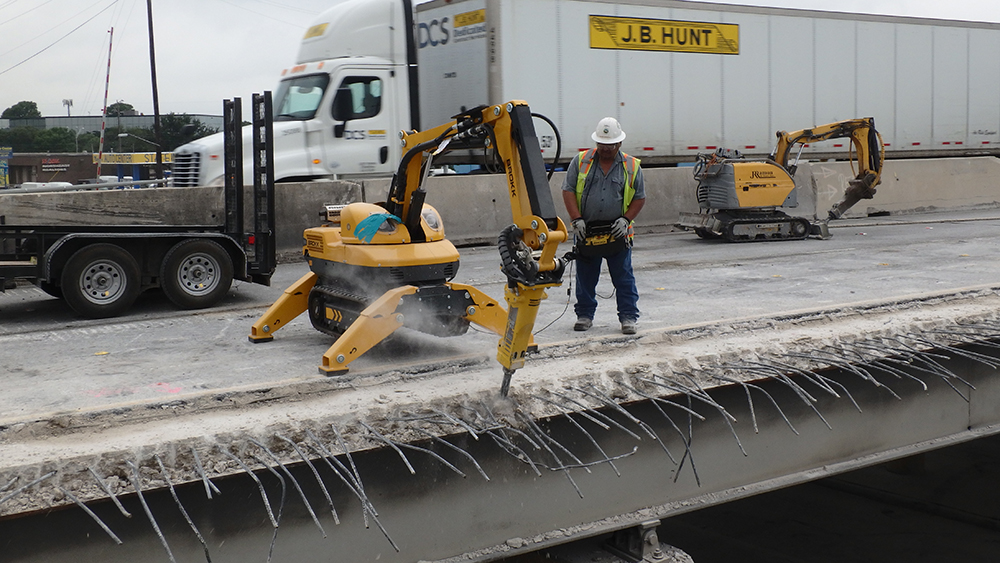 ARTBA launched its Safety Certification for Transportation Professionals in 2016 and it was certified by the American National Standards Institute (ANSI) in 2018. “There is around 300 safety certification programmes but only 17 are certified by third parties, which is important,” says Bauer.
ARTBA launched its Safety Certification for Transportation Professionals in 2016 and it was certified by the American National Standards Institute (ANSI) in 2018. “There is around 300 safety certification programmes but only 17 are certified by third parties, which is important,” says Bauer.
The ANSI accreditation adds backbone to a comprehensive certification. The intent behind this initiative goes back to autonomous vehicles and the increasingly complex issue of workzone safety, he explains. “There is a perception among some that safety is the responsibility of only safety professionals. This programme is to ensure that every workzone operative, no matter what their professional duties, has a base level of safety understanding.
“It is an online learning initiative and a number of states are partnering with us to help bring project owners up to the same level of safety understanding as construction operators.”
www.puttingsafetyfirst.org


